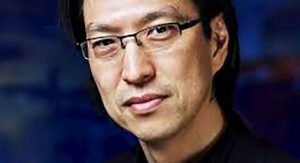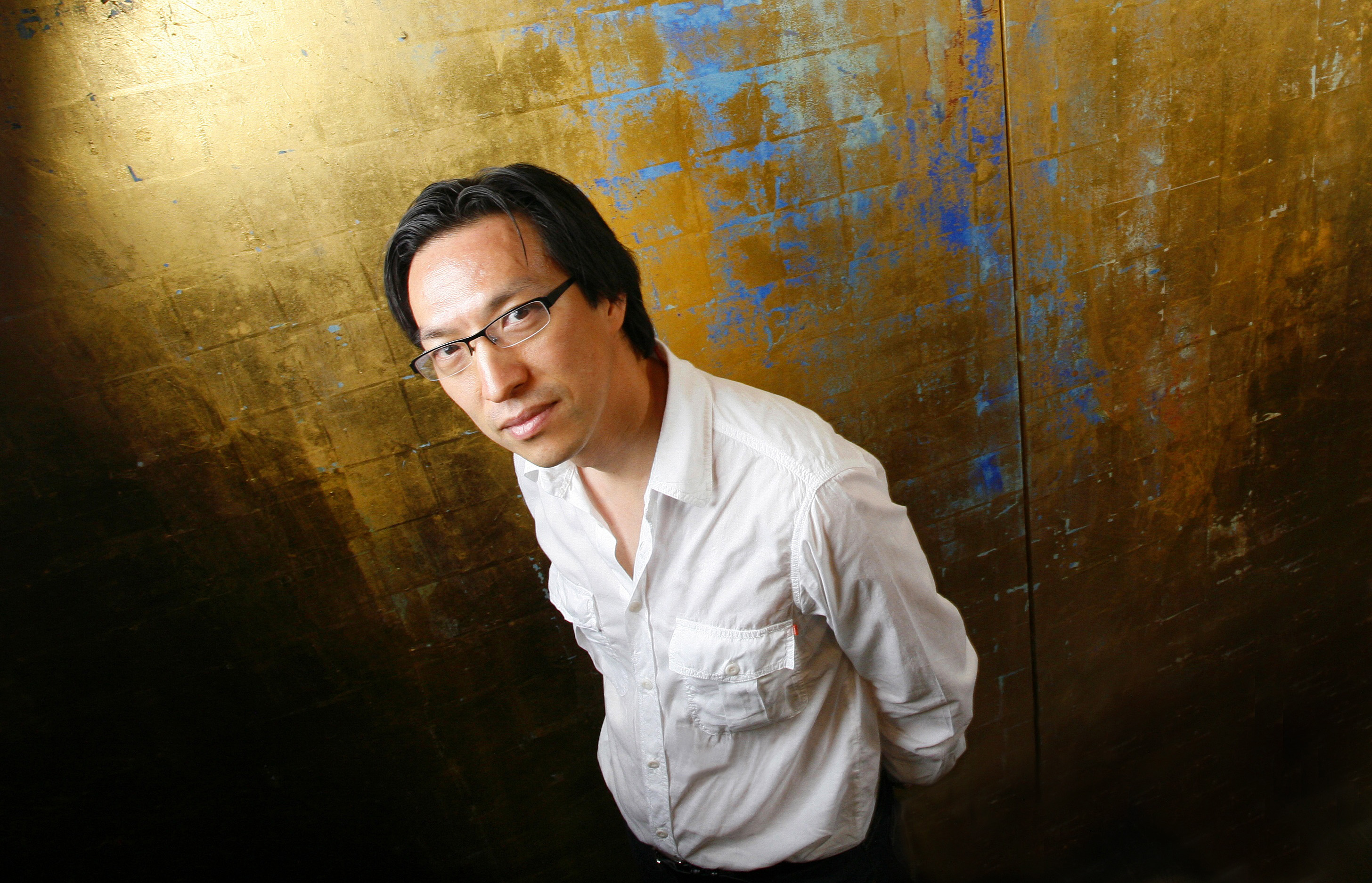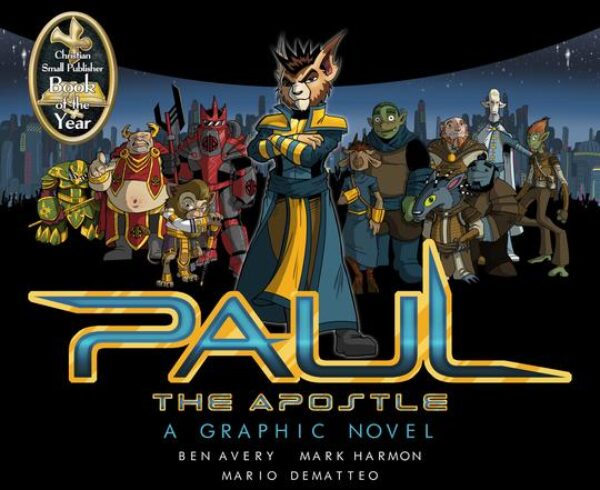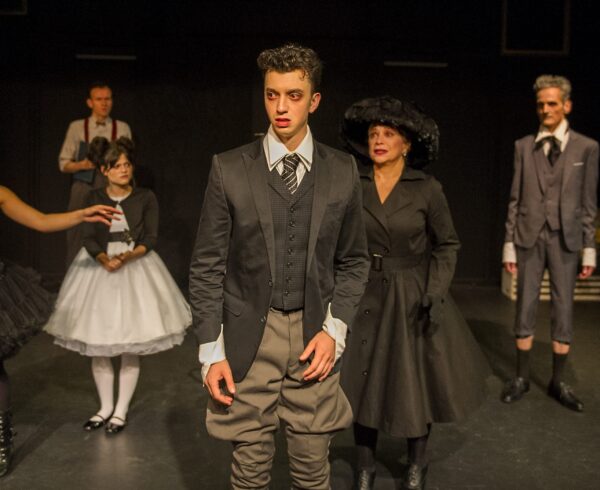The 17th century French philosopher Blaise Pascal said, “All of humanity’s problems stem from man’s inability to sit quietly in a room alone.”
Contemporary artist Makoto Fujimura thinks this disease is killing us. As persons, cultures and civilizations in crisis, “silence is the antidote.”
During a convocation of artists, thinkers and religious leaders at Fuller Seminary’s Culture Care Summit in Pasadena, Fujimura led the five-day conference on the role of silence in the exploration of creative intent.
Fujimura said: “The Culture Care Summit gathers global leaders of Culture Care movements and gives us at Fuller Seminary a way to create resources to integrate Culture Care into curriculum and classes. It brings creatives and creative catalysts together to focus on [a] generative path toward culture.”
This type of catalytic innovation is not new to Fujimura. Ten years ago, he began the International Arts Movement, an association of artist communities worldwide gathered under the umbrella of exploring the Christian faith and artistic expression.
In August 2015, he accepted the position of director of the Pasadena seminary’s Brehm Center of Worship, Theology and Arts. As such, he spends half the year teaching, lecturing and painting in southern California and then returns to his home studio in Princeton, New Jersey, where he has produced most of his world renowned paintings.
Fujimura’s writings, his position in the cultural dialogue, and ultimately his artwork present a vision that disassembles today’s all-too-synthetic world with a toolbox that includes the rigor of silence.
Recently, this led to a public discussion with Martin Scorsese on his film of the Shusaku Endo classic novel, Silence. The novel — which the film follows closely — is based on the 17th century persecutions of Catholic missionaries who evangelized the Japanese islands.
During that period, Shoguns reversed the former century long welcome of trade and religious tolerance by retreating to a policy of isolationism and religious persecution against any and all Christian disciples.
Scorsese’s movie release provided an opportunity for the artist to articulate his vision for a Christian response to the growing worldwide persecution of Christians, as well as secular opposition to Christian values. His book, Silence and Beauty (InterVarsity Press, 2016) considers the historical and cultural landscape of feudal Japan that inspired Endo’s novel as a way into his own critique of modern, post-Christian philosophy and art.
Fujimura’s review and critique of both Scorsese’s film and the source material of Endo’s 1966 novel contains more than an examination of how Japanese isolationism of the 17th and 18th centuries challenged the missionary efforts that were made to evangelize the Japanese people. Like Endo, he is intrigued by the Japanese power elite who intended to rid the islands of foreign religions and commercial influence by the control of its citizenry through the use of pledges of allegiance to the Japanese hierarchy.
Peasants and foreigners were required to show their fielty by stepping on a simple wooden or metallic panel depicting an image of Jesus or another of the Madonna and Child. Called fumi-e, these panels and their desecration directly challenged the suggestion that an all-powerful Christian God would rescue the devoted when faced with persecution.
Fujimura calls this oppression the fumi-e culture and explores not only Japan’s use of such hegemonic tactics, but cites examples of how other cultures use similar strategies to rob society of creativity, cultural inspiration and innovative thinking.
In the artist’s own Christian faith, he is intensely interested in the silent moments of this tremendous persecution. Why is his God silent? Why does He not act?
The great slaughter of more than 200 thousand Japanese during this period is only one example Fujimura explores in examining this question. He also considers the carnage of Nagasaki and 9/11. These are poignant examples of God’s seeming silence in the face of tragedy.
Ultimately, Fujimura believes that any thinking individual will inevitably discover an internal “map of trauma”– the personal and universal conditions of “betrayal, pain, and doubt.” This experience can be so overwhelming as to lead to the repression of beauty and community. It can also lead, paradoxically, to the embrace of these things.
 His willingness to explore his own “map of trauma” places his artwork in the company of other notable contemporary artists and gives them a gravity that cannot be ignored. He is consistently named as one of the most innovative painters on today’s scene by art critics.
His willingness to explore his own “map of trauma” places his artwork in the company of other notable contemporary artists and gives them a gravity that cannot be ignored. He is consistently named as one of the most innovative painters on today’s scene by art critics.
But Fujimura parts ways with other contemporary artists whose only responses to the “map of trauma” are irony, cynicism, and ennui. There’s no beating a fashionable retreat into easy poses for Fujimura.
His art is finally grounded in the hope of his Christian faith. He sees a parallel in the hopefulness that reentered Japanese art after Japanese culture threw off isolationism and emerged from its “dark, hidden journey.”
Beauty in Japanese art became an emblem of temporality, the seasonal, changing features of nature and the cyclical pattern of human life from birth to death.
Fujimura’s adaptation of the Japanese art method known as nihonga translates this dark journey into beauty and community by embracing “Japanese aesthetics [that] are linked to relationship and nature. Beauty [that] also connotes ‘a greater sacrifice.’”
As a cultural catalyst, Fujimura’s willingness to explore both exile and redemption places him in an uncomfortable middle ground between his own Christian faith community that identifies with his message of hope and salvation and the secular artists’ community that responds to his work and vision as expressions of artistic boldness and innovation.
In order to portray a growing, evolving sensibility, Fujimura must silence the critics on both sides to explore the innovative space of change and temporality.
Currently, he is working on a series of “Silence” paintings. “I have developed a technique,” he says, “of layering 17th century method of use of minerals, combined with space-age materials of our century. The work is refractive, and I paint in a way that makes works impossible to photograph. The human eye can attain a deeper realm of knowledge that our rationality (or digital technology) cannot fathom.”
You can learn more about Makoto Fujimura’s art in this video.
‘Silence and Beauty’ by Makoto Fujimura from InterVarsity Press on Vimeo.












